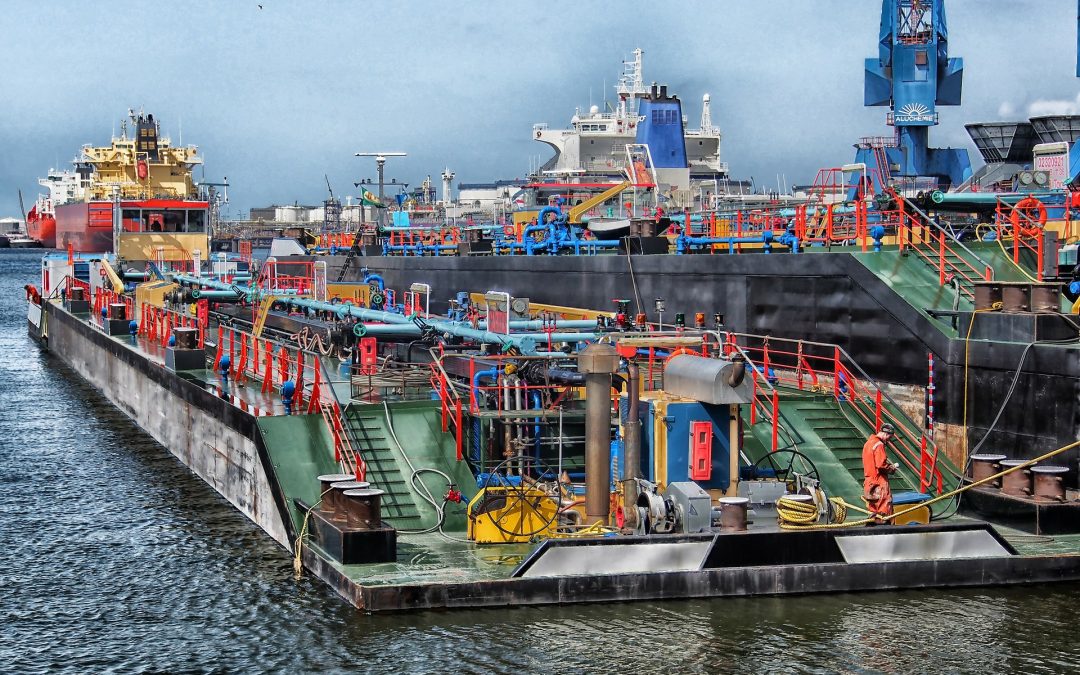Today, all stakeholders agree that the decarbonization of shipping is a key priority. We are united in working toward the IMO’s goal for 2050 of reducing overall greenhouse gas emissions from vessels by 50 percent from 2008 levels. However, while discussion continues across the industry and at regulatory level, debating how best to achieve that aim in future, it will be some years before measures such as cleaner fuels or better-designed vessels are agreed upon and implemented.
In the meantime, a scalable, low-cost solution already exists that will allow the industry to take meaningful steps to reduce CO2 emissions — by around 16 percent, our studies suggest. We now possess definitive results to prove that by harnessing technology and implementing digital platforms to improve the transparency, communication and coordination of our industry, profound changes can be made, right away.
A comprehensive study recently completed by PortXchange utilized real-time operational data to quantify the benefits of just-in-time arrivals on container shipping decarbonization. Over the course of multiple trials spanning two years and more than 1,000 port calls, PortXchange’s platform Synchronizer was trialed across three different European ports: Rotterdam, Felixstowe, and Algeciras.
Our objective, in undertaking this lengthy study, was to gauge how the efficiency of port calls could be increased by facilitating just-in-time (JIT) arrivals, and measuring the impact on fuel consumption and CO2 emissions. The results show conclusively that by adopting JIT arrivals, container shipping operators are able to save tremendous amounts of bunker fuel per port call, reducing CO2 emissions dramatically.
As detailed more thoroughly in our newly released white paper, Decarbonizing Global Container Shipping Through Just-in-time Arrivals, each of the three ports taking part in the trial experienced significant behavioral and waste exposure improvement after the implementation of JIT arrivals. This resulted in savings, on average, of 12.6 tons of bunker fuel and 39.56 tons of CO2 per port call.
These results strongly suggest that the shipping industry can meaningfully advance towards decarbonization, without further delay, simply by embracing technology, transparency, and JIT.
In developing the Synchronizer platform, PortXchange set out to align communication between all parties involved in port calls, fostering better decision-making and thus, improving efficiency. Currently, the arrival of vessels in port is managed inefficiently, in large part due to poor communication and misunderstandings.
Costly delays occur due to factors including distrust between competitors, flawed and antiquated modes of information sharing, the failure to adopt global data standards, and unilateral decision-making that does not consider impact on the broader ecosystem. These issues certainly affect ports in Europe, where our study took place, and present an even more acute problem elsewhere in the world, suggesting the possibility for even greater improvements at ports outside Europe.
This study was conducted with the objective of demonstrating the potential to reduce carbon emissions and fuel usage by facilitating superior communication and collaboration, and that with these improvements in place, sailing just-in-time — optimizing speeds at sea to avoid delays at port — would prove to be a practical and sensible approach. The key to JIT is streamlined communication between port and a ship during its voyage. By
receiving frequent updates on berth availability status, a vessel can optimize its speed to ensure timely arrival, reducing delays and anchorage times, resulting in less fuel consumption — saving operators money and diminishing CO2 emissions. Further benefits of adopting JIT include reductions in supply chain idle time, improved asset utilization, and increased supply chain reliability.
The two-year study’s results are meaningful not only because the sample size of over 1,000 port calls is so large, but also, because the three ports examined are each quite distinct, operating in rather different ways. For example, two are sea ports, while the other is a river port; Algeciras only has two terminals, while as one of the world’s largest ports, Rotterdam possesses exponentially more. Despite their many differences, it was remarkable how similar the results were across the three ports. The conclusion may be drawn that regardless of how a port operates, regardless of which terminals or companies are involved, a platform that eliminates the lack of transparency and information ambiguity presently inherent to the port call process, can offer an affordable, scalable solution at ports globally.
It is our hope that the results of this study and the associated white paper will motivate more within the industry to explore the broader benefits of information-sharing and cooperation. Of course, it is vital that cleaner fuels and better vessels be developed, but these solutions will take time. Meanwhile, we must come together as a community to work toward our common goals, instituting meaningful, constructive changes immediately while longer-term solutions are perfected in parallel.
Source: Hellenic Shipping News






